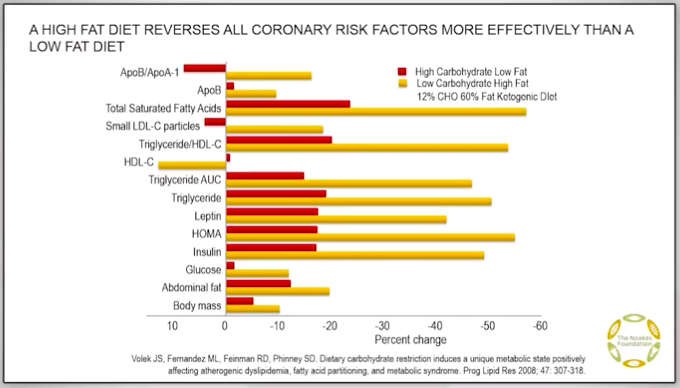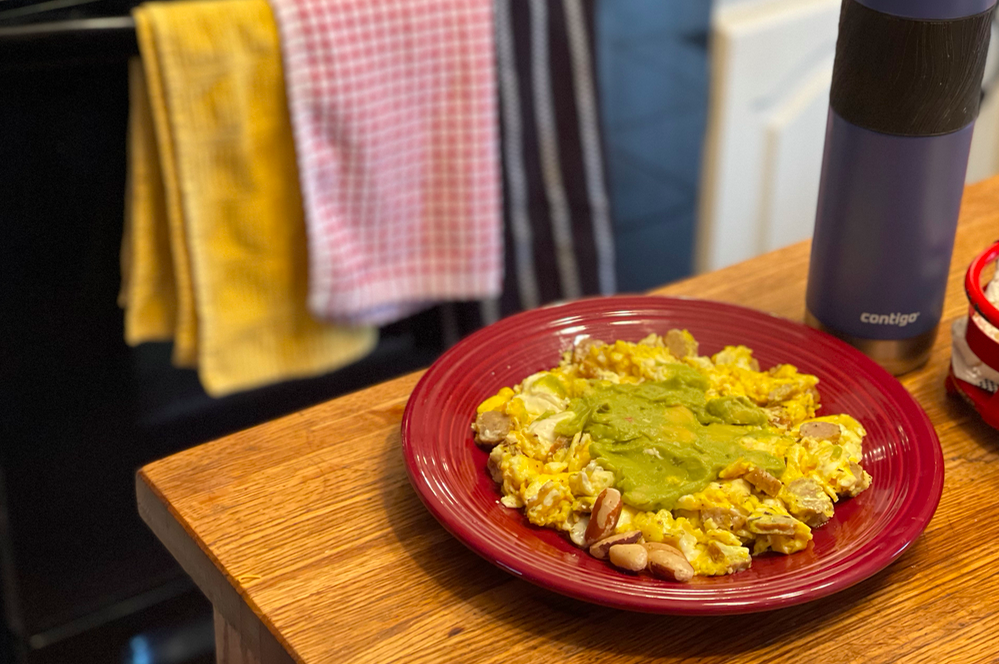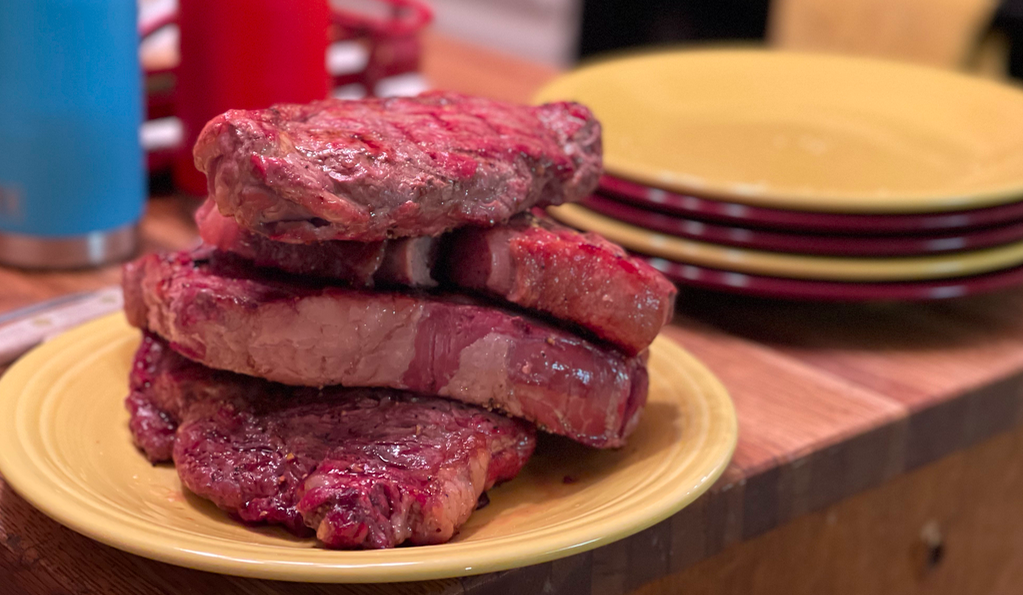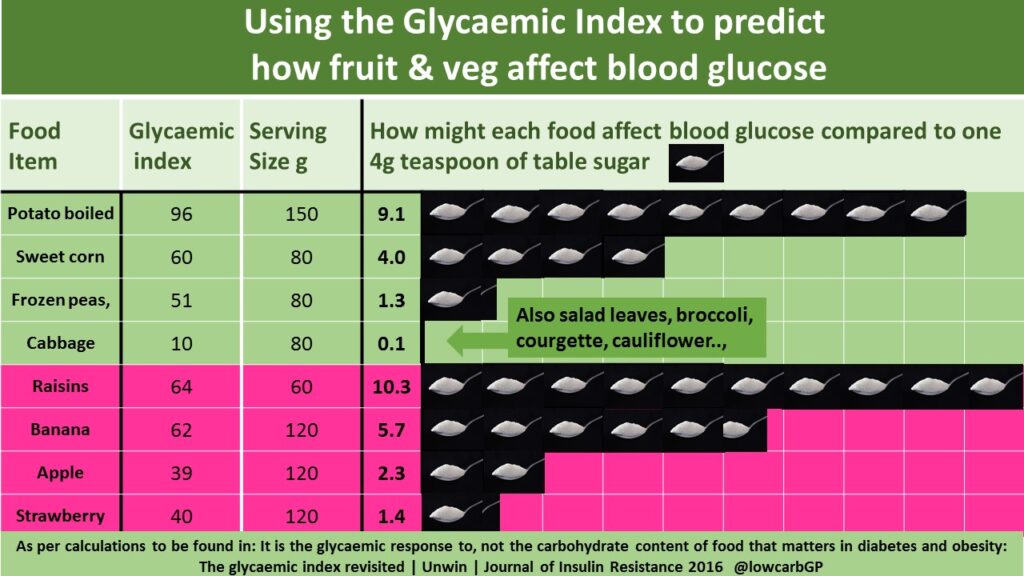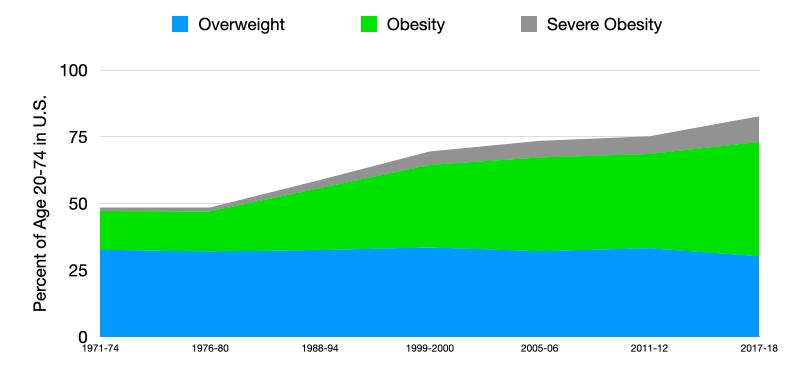Dr. Peter Brukner, an Australian physician, was inspired in 2012 by his friend, Prof. Tim Noakes, who I profiled yesterday, to try a three-month experiment with a low-carb, high-fat diet. Here was Dr. Brukner’s “before” photo:

In just three months he lost 14% of his body weight, along with other impressive results.
In the video embedded at the bottom of this post from the Low Carb Down Under YouTube channel, Dr. Brukner describes how his personal experience inspired him to dig into the research behind dietary recommendations. It revolutionized his thinking and medical practice.
I’ve pulled out some teaser quotes from Dr. Brukner below, and interspersed with some of his slides, in hopes you will check out the whole video.
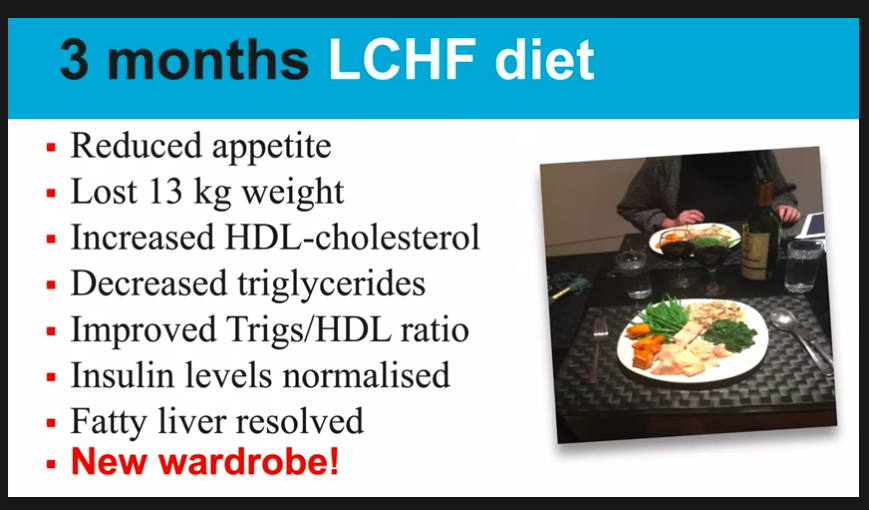
“What happened? The first thing is I stopped being hungry.”
“The more fat I ate, the more fat I lost.”
“Not a bad 13 weeks work, eh? What would people pay for a pill that did that? 100 bucks a week? Probably more. There is no pill. And yet I did it so easily.”
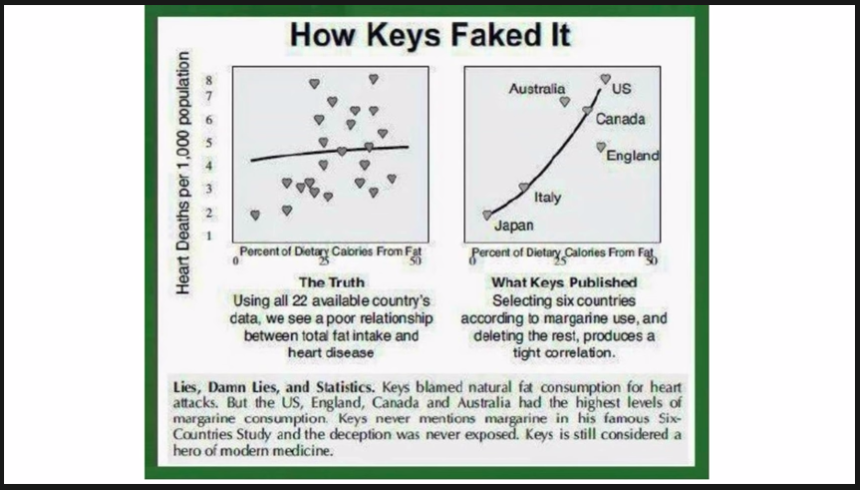
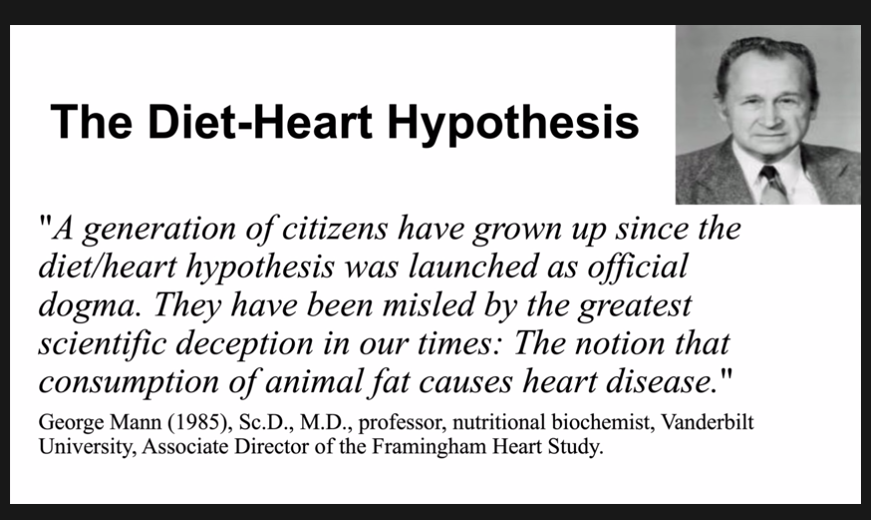
“So basically, everything we’ve been doing for the last 40 or 50 years, the way the whole of western society has been eating, is based on a fraud. No scientific evidence for it at all.”
“Type 2 diabetes! What is it? It’s a disease of carbohydrate intolerance…. So your lecturer asks you, ‘Well, what do you think the recommended diet would be for a type 2 diabetic who’s carbohydrate intolerant?’ Duh! And what is the current recommended diet for type 2 diabetic? Low-fat, high-carbohydrate diet! We were so obsessed about fat, all based on fraud, for 50 years, that we put type 2 diabetics on a low-fat, high-carbohydrate diet. So someone who’s carbohydrate intolerant, we’re telling him to have lots of carbohydrates! ‘It’s OK, you can just take more medications and then get on to insulin!’ …. Honestly!…It just does not make any sense at all!”
As he concludes in the video below, Dr. Brukner has formed an organization called Sugar By Half aimed at reducing the amount of added sugar in our foods by half. He’s also written a book called A Fat Lot of Good: How the Experts Got Food and Diet so Wrong and What You Can Do to Take Back Control of Your Health. All proceeds go to support Sugar By Half.
Get an introduction to Dr. Brukner’s thinking:
Dr. Brukner and Dr. Noakes are among my Health Sherpas, a group from whom I’ve learned much and drawn great inspiration and encouragement. I’m grateful for the leadership of these guides. Their collective wisdom and insights have given my wife Lisa and me confidence to make lifestyle changes that have been immensely beneficial.
If you think your friends might find this post helpful, I hope you’ll share by email or on your social networks using the buttons below.
To get these updates on a regular basis you can subscribe by email, or follow me on Facebook, Twitter and LinkedIn, where I’ll also be posting links.
Check out My Health Journey for the full story of our health improvements, and my #BodyBabySteps for an approach to how I would do it if I were starting today, based on what I’ve learned.
